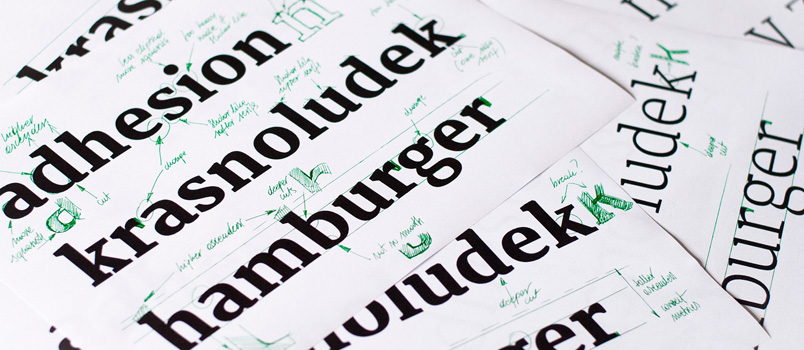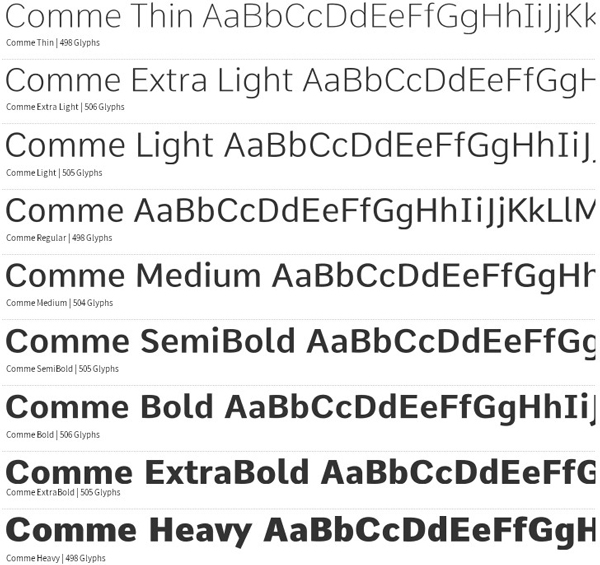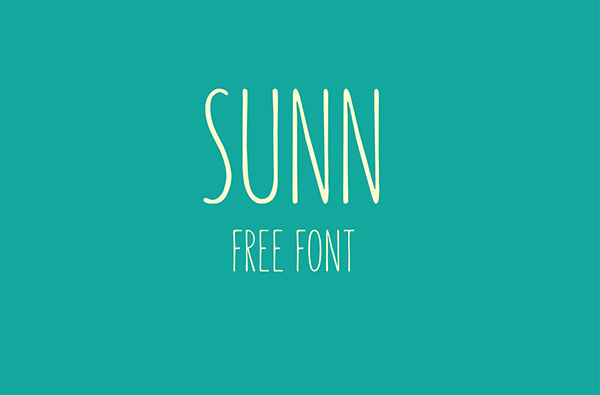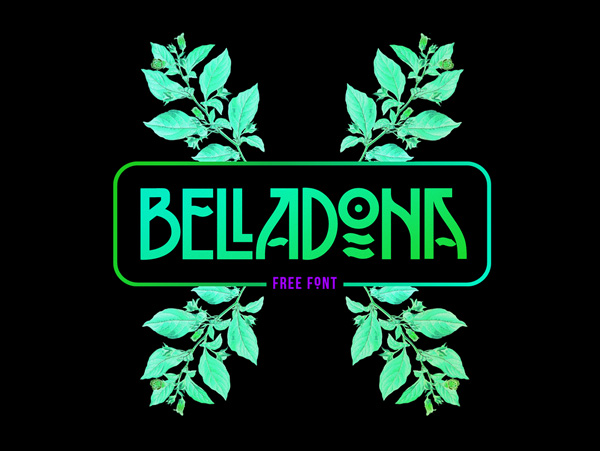Every day, PowerPoint or other software is used around the world to create thousands of presentations. And text content is an essential part of a successful presentation.
Why not make the use of fonts more efficient so that the text in your presentation is perceived correctly?
These ten text tips and our collection of fonts will help you make a successful presentation.
Tip 1 – Sharp contrast between font and background
The first and most important rule for using fonts in a presentation is to make sure that there is a sharp contrast between the color of the fonts on the slide and the background color of the slide. Little contrast = Poor readability.
Tip 2 – Use standard fonts
Stick to fonts that are common to each computer. No matter how fabulous you think your font looks, if it is not installed on another computer, it will be replaced by a different font – often distorting the appearance of the text on the slide. Recommendation from our essay writing service guarantee Bidforwriting is to choose a font that suits the tone of your presentation. For example, for a group of dentists, choose simple fonts.
If your presentation is aimed at young children, in which case you can use a font from the “children’s book fonts” category. However, if this font is not installed on the presenter’s computer, make sure that the right font is embedded in your presentation. This will increase the presentation’s file size, but at least your fonts will look how you wanted.
Tip 3 – Consistency in fonts
Be consistent. Stick to two, a maximum of three fonts for the entire presentation. Use the sample slide mode before you start typing to set the selected fonts on the slides. This will avoid having to edit each slide individually.
Tip 4 – Types of fonts
Fonts come with serifs, that is, with tails attached to each letter. Times New Roman is an example of a serif font. These fonts make large amounts of text on slides easier to read (but if possible you should avoid large amounts when doing presentations). Newspapers and magazines are using serif fonts in their articles to make the text easier to read.
Serif fonts (or chopped serif fonts) are fonts that have main and connecting strokes of almost the same thickness. These fonts are best suited for headings on slides. Examples are a collection of fonts: Arial, Tahoma, or Verdana.
Tip 5 – Don’t use all capital letters
Avoid using all capital letters – even for titles. All ‘Caps’ are perceived as CRICs and words become more difficult to understand.
Tip 6 – Use different fonts for headings and bulleted list elements
Choose a different font for headings and bulleted list items. This makes the text more interesting. Highlight text in bold whenever possible, this will make the presentation easy to read and at the end of the room.
Tip 7 – Avoid script fonts
Avoid script fonts at all times. These fonts are difficult to perceive when reading. In a darkened room, and especially at the end of a room they are almost impossible to decipher. Script fonts include the following collection of fonts – calligraphic, handwritten or gothic.
Tip 8 – Use italics in moderation
Avoid italics for the whole text in your presentation. Use italics only in a few places for emphasis or a quote, making sure that this piece of text is also in bold. Italics have the same problem as script fonts – it is often difficult to read and in large volumes, it makes the text difficult to read.
Tip 9 – Make large font sizes for better readability
Do not use a font size smaller than 18pts in your presentation. In general, it is preferable to choose a font size of 24pts as the minimum size. Not only will this fill the slide so that you don’t leave a lot of empty space, but it will also allow you to limit your text on the slide. Too much text on a slide is proof that you are new to creating a presentation.
Tip 10 – Make use of the ‘dim text’ animation for lists
Use the animation features to create a “dim text” feature for bulleted lists. This will accentuate the current paragraph and bring it to the foreground. The ‘dim text’ feature is created by using the ‘Dissolve’ effect that you can add to a bulleted list in a PowerPoint presentation. This effectively relegates the text of previous paragraphs to the background, but at the same time leaves it visible to be read.
5 popular presentation fonts
Every computer comes with a certain collection of fonts pre-installed as standard. What you probably don’t know is that some of these fonts are fundamental to using them in presentations!
I’ll list my favorite selection by going through the collection of fonts I use in presentations first. I also use these fonts for compatibility reasons with other computers.
Of course, you will ask, what kind of fonts are these?
Without further ado, I present to you my top five classic fonts that will look good in any presentation if you know how to use them properly!
#1 Helvetica
You’ve probably heard the recommendations for this font 100 times before. And that Helvetica is as old as this world. And yet, it’s flexible, varied, and really reliable. The beauty of Helvetica is its neutrality. It’s a font that can be applied to any style of presentation, almost like Chameleon. If I were to describe Helvetica in one sentence, it would sound like this: ‘Clarity and simplicity’ Helvetica was designed and created by Max Miedinger and Eduard Hoffmann in the late 1950s.
Interestingly, Helvetica was originally called Die Neue Haas Grotesk. Helvetica was extremely popular with corporations. For example, the America Apparel Corporation uses it for their logo. In the presentation, Helvetica is one of the most powerful tools in the font collection and is well-received, yet it doesn’t draw all the attention to itself, allowing you to focus on the content of the test. It is also very easy to read at all sizes.
#2 Garamond
This font definitely stands out from the variety of fonts collection, but will not suit all presentation design options, it has many positive qualities. This font is loved by professional designers for its clean and sharp lines. The Garamond font has a very rich history. Claude Garamond, a French publisher from Paris, originally created the font and was one of the leading type designers of his time.
The original typeface was created for French King Francis I in the 1540s. Of course, many later versions of Garamond were also created, including numerous variations (in an attempt to improve on the original), such as a customized version of the ITC Garamond font, called Apple Garamond.
#3 Futura
Futura is a chopped stroked typeface (meaning it has no serif) which was designed between 1924 and 1926 by the type designer Paul Renner. An interesting fact is that it was used for the text on the commemorative plaque left on the Moon in 1969. Futura is readable like no other font in our sizeable collection, and that’s one of the reasons for using it in presentations. It’s an elegant font, with real features. It is particularly well suited for presentation headings.
#4 GillSans
Like no other font in the Sans Serif collection, Gill Sans looks the friendliest and warmest without being too pretentious. Some even equate it with the quality and feel of a “British Helvetica”. Gill Sans was created by British graphic artist and sculptor Eric Gill, inspired by the Johnston typeface used for lettering on carriages on the London Underground.
Gill Sans was very popular on posters and advertisements in the late 1920s. The BBC logo still uses it today. Gill Sans is still popular and is used by many designers around the world.
#5 Rockwell
The last of the presented collection of fonts, but no less a favourite of designers of all time. This font was developed in a design studio in 1934. Rockwell features a bold and strong lettering that will give your presentation a distinctive confident look. Rockwell is mainly used to display or highlight particularly important points in a presentation, such as key talking points or headlines.
Proper use of fonts will help to improve the perception of your presentation, and increase the impact on your audience.





